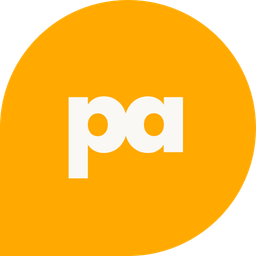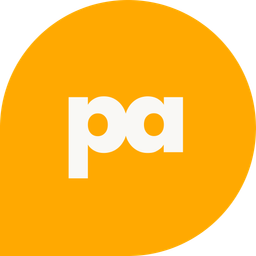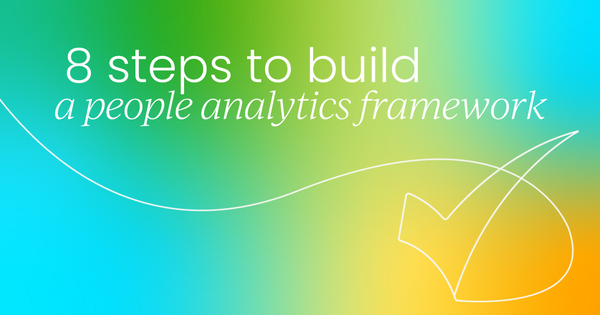What is people analytics?
People analytics, also known as HR analytics or workforce analytics, uses employee data to improve decisions about people. It’s about using evidence to understand what’s really happening in your company.
This could mean looking at why turnover is high in one department but low in another. It could also involve measuring the impact of a new hybrid work policy or figuring out what drives engagement in certain teams.
At its core, people analytics helps you answer questions like:
- Why are people leaving?
- How can we improve onboarding or performance?
- Are we promoting fairly and inclusively?
- What factors predict high-performing teams?
It takes data from sources you already use, like HR systems, surveys, and performance reviews, before turning that information into actionable insights.
8 steps to build a workforce analytics framework
People analytics is about telling meaningful stories with data that lead to better decisions, stronger teams, and a more human workplace. This blog will walk you through a practical 8-step process to help you do just that.
[You don’t need to follow every step rigidly each time. Once you build some momentum, parts of the process may feel automatic, or even be automated.]
1. Plan with purpose
Before diving into dashboards or surveys, take a step back and clarify the ‘why’. What do you really want to understand? Or what challenges are you trying to solve, and why now?
You may want to keep employees longer, increase engagement, or fix DEI gaps. Whatever your goal is, start by defining it. Next, map your stakeholders and design the key questions you want to explore. The more focused your questions, the more focused the insights will be.
Here’s an example of how you could go about this:
Let’s say you’ve noticed higher turnover in your customer service team. Rather than just guessing why, your goal might be to understand the drivers behind attrition and how to reduce it. So, maybe you’ll ask focused questions such as:
- Are certain teams or locations leaving more?
- Does engagement drop before people resign?
Then, connect the problem to a business outcome like cost savings, improved service, or faster onboarding. With a clear objective and stakeholder buy-in, you can ask the right questions and deliver insights that matter.
2. Define what success looks like
Once you reach the end of your project, you need to know whether it worked or not. It sounds obvious, but you’d be surprised at how easy it is to jump into workforce analytics without knowing what ‘good’ looks like.
Maybe your main goal is to reduce turnover and give leadership clear reasons behind exits. With that in mind, identify both outcome goals (e.g. lower attrition) and project goals (e.g. insights delivered by Q3).
Then, establish your success criteria and determine how you will measure them (deadlines, feedback, impact, etc.). You can then use this to help guide decisions later if the project scope starts drifting.
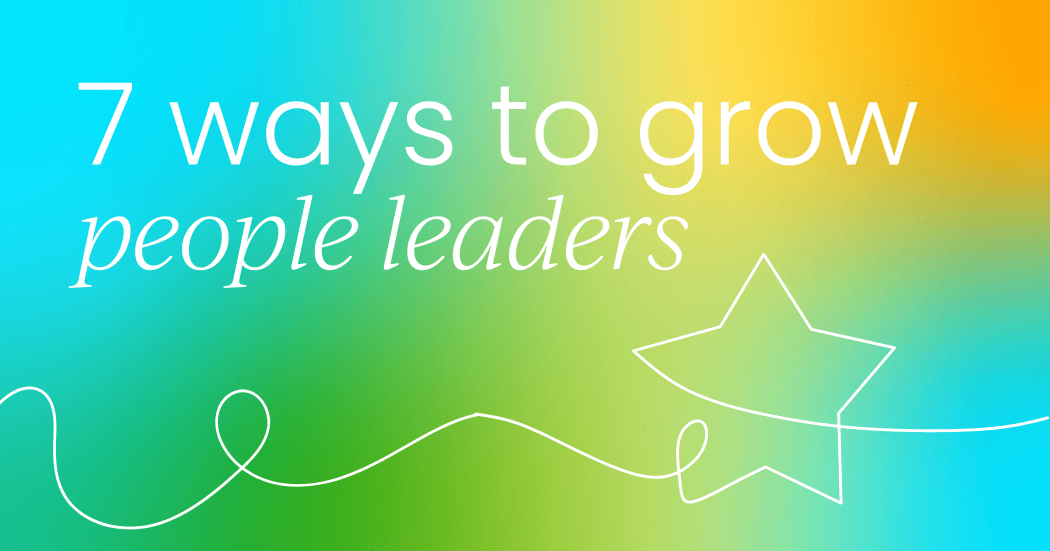
3. Check your data toolkit (data audit)
The good news is that if you’ve done an audit recently, you might be able to skip or fast-track this step.
This step is all about figuring out what data already exists and whether it’s clean, recent, and reliable. So, that means it’s time for a good old-fashioned data audit. Doing this will help you find gaps, notice quality issues, and decide if you need to collect new information.
🔍 Look for:
- Internal systems: HRIS, payroll, ATS, performance tools.
- Survey data: engagement, exit interviews, pulse checks.
- External benchmarks (if relevant).
Make sure to grade your data on availability, accuracy, and completeness. Doing so will help reveal gaps and prevent surprises later. Of course, remember to handle any sensitive information responsibly.
4. Design the process
People analytics isn’t a solo sport. It needs a clear structure before the real work begins. This involves:
- Setting roles: Who’s leading? Who’s analyzing? Who’s reviewing? Define responsibilities for data gathering, analysis, project management, reporting, etc.
- Defining resources: Do you need help from IT, data science, or comms? If possible, try to plan for access or permission to use the resources or tools you’ll need.
- Mapping stakeholders: Identify who to keep updated and when.
5. Collect the data
Now that you know what data you need, how will you get it? You might be pulling from existing sources like HR systems or running fresh surveys. Think through both data collection and processing and remember that clean, ethical, and privacy-conscious data is a must.
When you’re ready, collect your data from internal systems, external tools, direct feedback, etc.
Here’s a short checklist to help you carry out this step:
- Confirm permissions and data privacy protocols.
- Track response rates or missing data if collecting new input.
- Spot-check for anomalies (e.g., duplicate entries, missing values).
- Document everything for transparency and repeatability.
Don’t forget to let employees know why you're collecting data - transparency builds trust.
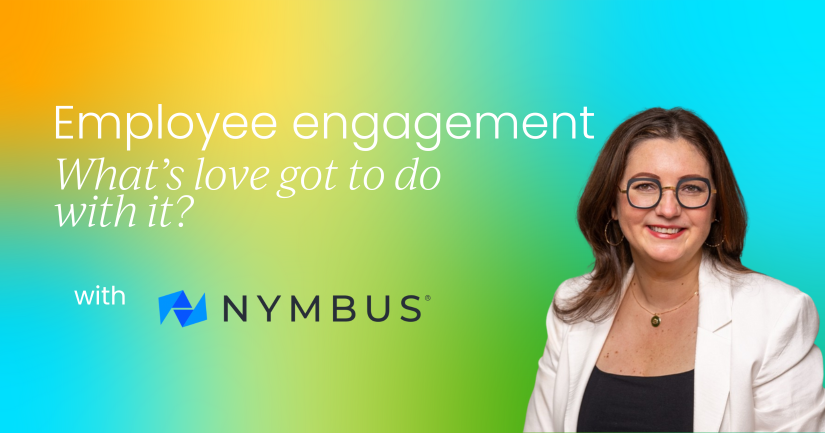
6. Time to analyze
Now it’s time to dive into the data to find patterns, trends, and correlations. Try to stay aligned with your original questions and stakeholders’ needs. When analyzing the data, think about how you can turn the insights into a compelling story.
Many employees leave customer service jobs within the first six months. A study shows that 65% of these employees said they had a bad onboarding experience in exit surveys. Their performance scores were also lower than average, and most came from the same two regional offices.
Next, explore the patterns by dividing the data by team, location, and performance. Look for trends that repeat. These can often be your biggest clues to explain what’s going on.
You should use comparisons to explore the data more. For example, compare engagement or performance scores of leavers and stayers. Or, exploring relationships between onboarding scores and early exits, or between manager feedback and turnover.
7. Report the insights
Now it’s time to make your insights work for others. You can do this by sharing your insights in a report or presentation. Make it easy to understand, focused on action, and suited to your audience.
Consider using visuals like charts, heat maps, or scorecards to highlight key points. Remember to tailor your messaging to different audiences. Execs may want a high-level summary, while HR or team leads might need deeper details.
Finally, tie everything back to your original question to keep it relevant, and end with clear, actionable recommendations (e.g., improve onboarding consistency, train local managers).
8. Reflect and refine (evaluate)
Once the dust settles, take time to reflect. What worked well? What could be smoother next time? Did your insights lead to impact?
Evaluation helps you refine your process and improve future analytics work because just like people, your process should grow with experience.
After the project wraps, take time to evaluate:
- Compare your results to the success criteria from step two.
- Ask stakeholders for feedback on the process and outcomes.
- Capture lessons learned so the next project runs even smoother.
Use this feedback to improve your next people analytics project—and build a culture of learning within your team. Even if the results weren’t what you expected, there’s always insight in the process.
Chief People Officer Summit is coming to San Francisco AND London!
The Chief People Officer Summit is heading to San Francisco and London - and you’re invited to be part of it.
Get in the room with an exclusive network of C-suite people leaders to exchange ideas, build meaningful connections, and uncover strategies that drive real impact - from employee advocacy to workforce transformation and leadership excellence.
This is your chance to:
- Discover how top organizations are shaping world-class employee experiences.
- Learn what it takes to build high-performing leadership teams.
- Be part of the conversation shaping the future of work.
🎟️ Request your invite now and join this powerful community of people leaders paving the way for the future of HR.👇



 Follow us on LinkedIn
Follow us on LinkedIn